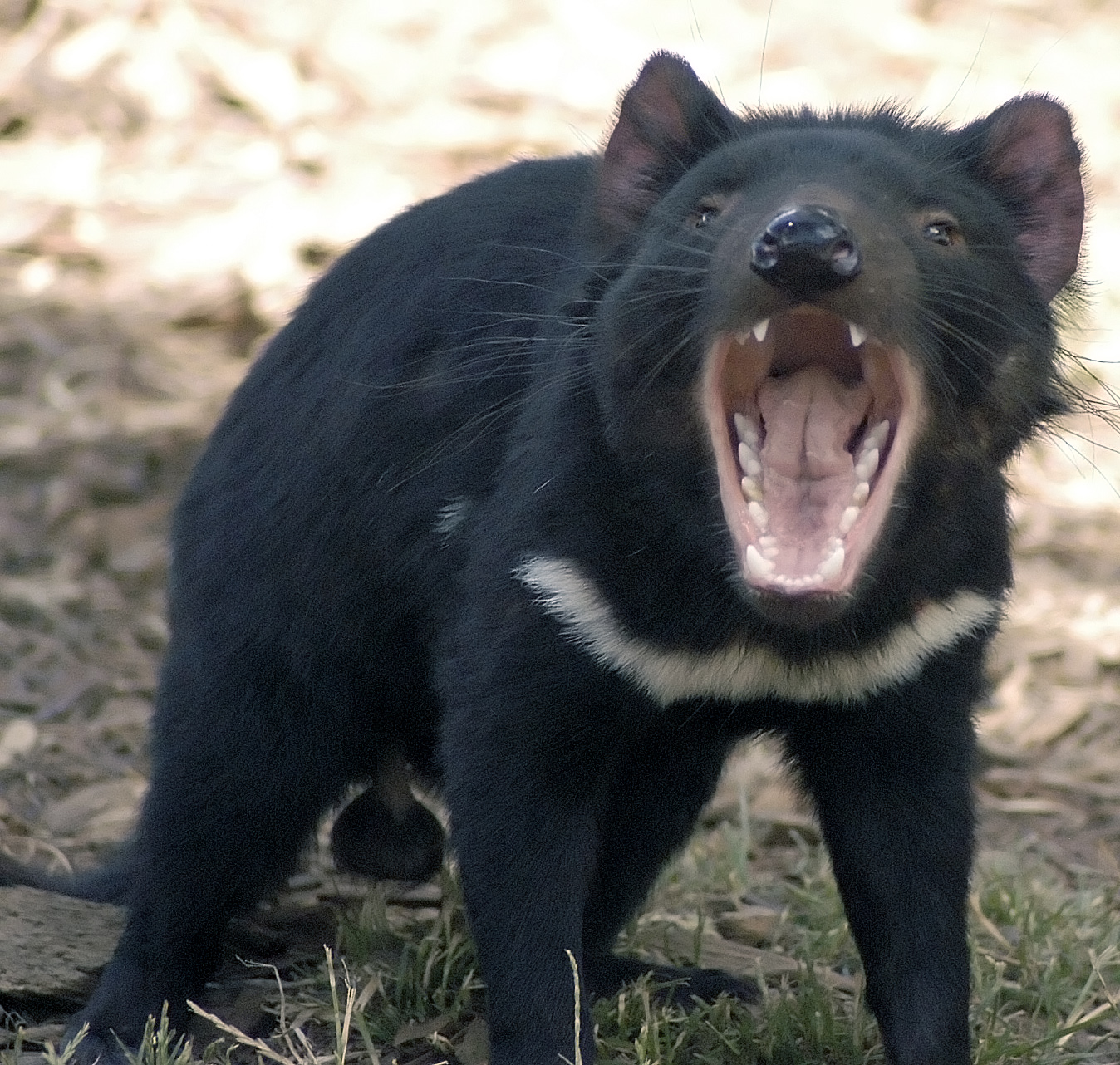Gaping (animal Behavior) on:
[Wikipedia]
[Google]
[Amazon]
 Gaping is a common form of behavior in the animal kingdom, in which an animal opens its
Gaping is a common form of behavior in the animal kingdom, in which an animal opens its
Cottonmouth Snake, Gaping.jpg, ''A. p. piscivorus'' – gaping is part of the typical
 Gaping is a common form of behavior in the animal kingdom, in which an animal opens its
Gaping is a common form of behavior in the animal kingdom, in which an animal opens its mouth
A mouth also referred to as the oral is the body orifice through which many animals ingest food and animal communication#Auditory, vocalize. The body cavity immediately behind the mouth opening, known as the oral cavity (or in Latin), is also t ...
widely and displays the interior of its mouth, for any of various purposes.Stephen J. Divers, Douglas R. Mader, ''Reptile Medicine and Surgery'' (2005), p. 168. This may be a form of deimatic behaviour
Deimatic behaviour or startle display means any pattern of bluffing behaviour in an animal that lacks strong defences, such as suddenly displaying conspicuous eyespots, to scare off or momentarily distract a predator, thus giving the prey anima ...
, colloquially known as a startle display or threat display, as it enlarges the appearance of the animal, and for those with teeth it shows the threat that these represent. Animals may also use gaping as part of a courtship display, or to otherwise communicate with each other. Some animals have evolved features which make gaping behavior more visually effective. For example, " many species of reptile, the oral mucosa may be a bright color that serves to distract the predator". Gaping is part of the shark agonistic display, and is also found in snakes such as the cottonmouth, and in birds ranging from seagulls to puffins to roosters.
A number of species of bird use a gaping, open beak in their fear and threat displays. Some augment the display by hissing or breathing heavily, while others clap their beaks. In birds, the muscles that depress the lower mandible are usually weak, but certain birds have well-developed digastric muscle
The digastric muscle (also digastricus) (named ''digastric'' as it has two 'bellies') is a bilaterally paired suprahyoid muscle located under the jaw. Its posterior belly is attached to the mastoid notch of temporal bone, and its anterior belly ...
s that aid in gaping actions. In most birds, these muscles are relatively small as compared to the jaw muscles of similarly sized mammals. Both male and female puffin
Puffins are any of three species of small alcids (auks) in the bird genus ''Fratercula''. These are pelagic seabirds that feed primarily by diving in the water. They breed in large colonies on coastal cliffs or offshore islands, nesting in crev ...
s use gaping as a prominent part of their threat display, with "a range of intensities" based on the situation, and with puffins engaging in territorial gape contests, where they mirror each other until one gives up and leaves, or an actual fight occurs.
Some animals are named for their tendency to use gaping as a threat display, or for the features that become apparent when making such a display. For example, the cottonmouth is so named because the white lining of its mouth is visible when gaping. Other snakes, such as the Western Massasauga, have been observed to engage in gaping behavior which "appears to be unrelated to any threat".Scott Shupe, ''U.S. Guide to Venomous Snakes and Their Mimics'' (2011), p. 139.
Gallery of images
threat display
Deimatic behaviour or startle display means any pattern of bluffing behaviour in an animal that lacks strong defences, such as suddenly displaying conspicuous eyespots, to scare off or momentarily distract a predator, thus giving the prey anima ...
, the white mouth giving it the nickname "cottonmouth".
Attacking_great_white_shark.jpg, Clear agonistic gaping behavior observed in Great White Shark.
Chlamydosaurus kingii.jpg, Frill-necked lizard faces predators, making itself look big with head frills, gaping, raising its body and waving its tail.
Gull Beak IMG 1575.JPG, A gull
Gulls, or colloquially seagulls, are seabirds of the subfamily Larinae. They are most closely related to terns and skimmers, distantly related to auks, and even more distantly related to waders. Until the 21st century, most gulls were placed ...
's upper mandible can flex upwards because it is supported by small bones which can move slightly backwards and forwards.
References
Ethology Antipredator adaptations {{ethology-stub